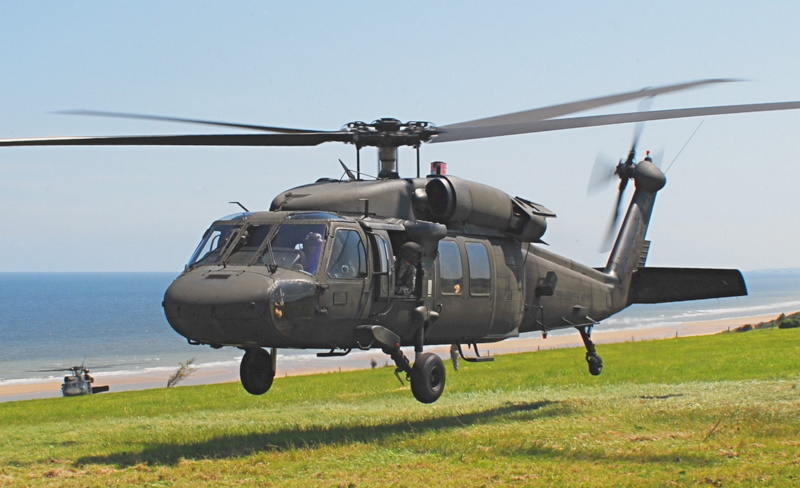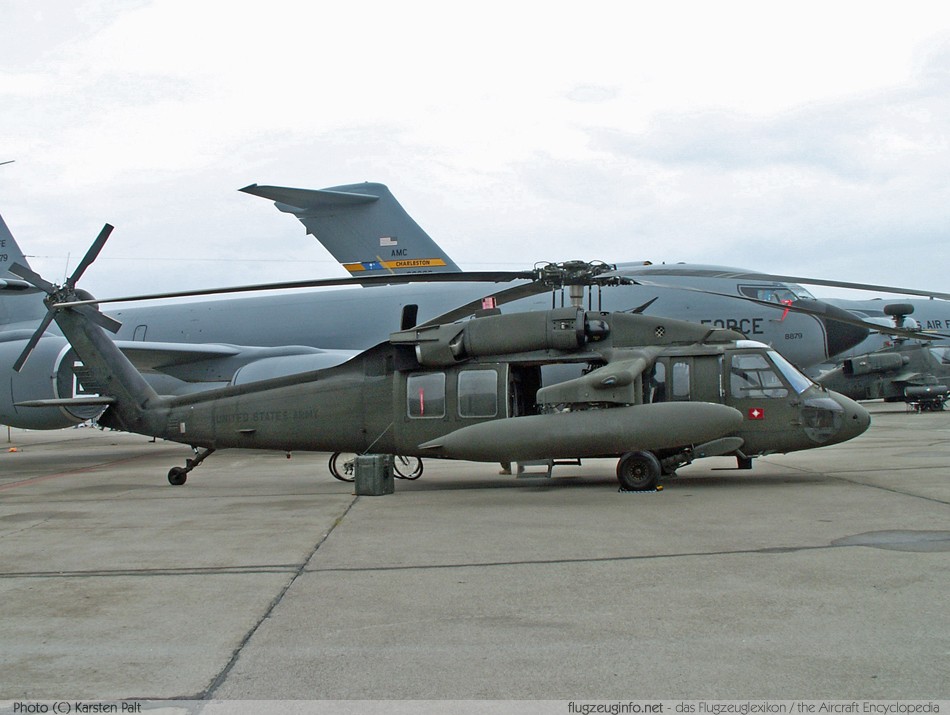A Check out the Sikorsky S 70's Role in Armed forces and Civil Aviation
A Check out the Sikorsky S 70's Role in Armed forces and Civil Aviation
Blog Article
Rotary-Wing Airplane Offering Superior Resilience and Accuracy Engineering
In the world of aviation, rotary-wing airplane have actually long been acknowledged for their unique capabilities in various operational settings. From army missions to civilian applications, the advancement of rotary-wing modern technology has actually led the way for devices that provide unrivaled longevity and precision engineering. With innovations in products and building and construction methods, paired with advanced flight control systems, these airplanes have actually become vital devices for jobs that demand both toughness and accuracy. As we check out the elaborate equilibrium in between development and dependability in rotary-wing aircraft, it becomes noticeable that the convergence of sophisticated technology and tried and tested design concepts has actually set a new standard for efficiency and effectiveness in the aerospace industry.
Evolution of Rotary-Wing Modern Technology
Throughout the history of air travel, the advancement of rotary-wing modern technology has actually been a testament to continuous development and advancement in aerial engineering. From the very early days of vertical trip with basic layouts to the innovative helicopters and various other rotary-wing airplane these days, the progress in this field has actually been impressive.
In the early 1900s, leaders like Igor Sikorsky and Juan de la Cierva made considerable strides in rotary-wing modern technology. Sikorsky's VS-300 helicopter, initial flown in 1939, marked a zero hour in the growth of useful rotary-wing airplane. This success paved the method for further developments in upright trip capabilities.

Today, rotary-wing aircraft play crucial duties in various fields, including army operations, emergency situation clinical solutions, regulation enforcement, and business transport. The development of rotary-wing modern technology remains to press the boundaries of what is feasible in vertical trip, making certain that these aircraft continue to be essential assets in the aeronautics industry.
Materials and Building And Construction Innovations
Demonstrating a combination of cutting-edge products and exact construction methods, rotary-wing airplane have actually gone through substantial innovations in toughness and performance. One of the crucial advancements in materials utilized for rotary-wing aircraft is the raising application of composite products.
Furthermore, the integration of innovative layers and surface therapies has played a crucial duty in improving the sturdiness of rotary-wing airplane. These layers offer protection versus corrosion, abrasion, and severe climate condition, expanding the lifespan of the aircraft and minimizing upkeep needs.
In regards to construction advancements, additive production, additionally referred to as 3D printing, has reinvented the production of complex elements for rotary-wing aircraft. This technology enables fast prototyping and customization, resulting in faster growth cycles and minimized costs. In general, the continual advancement of materials and building and construction methods is driving the capabilities and efficiency of rotary-wing airplane to brand-new elevations.
Accuracy Flight Control Solution

The integration of GPS check my reference modern technology even more enhances the accuracy and reliability of these systems, permitting for exact navigation, waypoint monitoring, and automated flight control. sikorsky s 70. This level of precision not just boosts the security of rotary-wing operations however likewise improves general functional effectiveness and mission efficiency
Moreover, the constant innovations in fabricated intelligence and artificial intelligence have promoted the growth of independent trip abilities within Precision Trip Control Equipment. This allows rotary-wing airplane to execute complex goals with unrivaled accuracy and consistency, making them crucial assets in a broad range of applications, consisting of military procedures, search and rescue objectives, and airborne digital photography.
Durability in Testing Settings
Popular operational setups, rotary-wing airplane demonstrate exceptional strength and effectiveness, making sure optimum performance under challenging ecological problems. These aircraft are designed to stand up to a vast array of ecological elements, including extreme temperatures, high winds, and rough surface, making them well-suited for different goals in varied landscapes.
One crucial element adding to the sturdiness of rotary-wing airplane is their tough building and construction. These aircraft are constructed making use of premium products and advanced engineering strategies to enhance their structural stability and dependability. Furthermore, elements such as rotor blades, engine systems, and landing equipment are diligently created to withstand the pressures and anxieties run into throughout procedures in difficult atmospheres.
Moreover, rotary-wing airplane are outfitted with sophisticated onboard systems that check performance metrics in real-time, permitting aggressive upkeep and very this hyperlink early discovery of potential issues - sikorsky s 70. This positive strategy aids stop unanticipated failings and ensures the continued airworthiness of the airplane popular functional settings. Overall, the resilience of rotary-wing aircraft in challenging settings is a testimony to their exceptional design and style, making them vital assets for various mission-critical operations
Upkeep and Dependability Standards
The adherence to strict upkeep and integrity requirements is critical in making certain the optimal efficiency and safety and security of rotary-wing airplane. Regular upkeep checks, carried out by certified service technicians, are important to recognize and attend to any kind of prospective issues prior to they jeopardize the airplane's functionality. These checks encompass a thorough evaluation of all vital parts, consisting of the engine, rotor system, avionics, and hydraulic systems, to assure that they are in prime functioning condition.
Furthermore, adherence to set up upkeep intervals based on manufacturer guidelines is critical for maintaining the airplane's integrity. This proactive method helps protect look at this now against unforeseen malfunctions and ensures that the airplane remains airworthy for its designated objectives. Additionally, the implementation of robust reliability requirements, such as regular part testing and replacement based upon established lifecycles, additionally enhances the airplane's stability.
Verdict

In final thought, the developments in rotary-wing aircraft technology have actually resulted in premium sturdiness and precision design. With ingenious products and building and construction techniques, in addition to precision flight control systems, these aircraft can run in difficult environments with increased reliability. The upkeep and dependability requirements make certain that these rotary-wing airplane continue to do at their ideal, making them vital possessions for different markets.
Showing a fusion of advanced materials and exact building methods, rotary-wing aircraft have actually undertaken considerable developments in toughness and efficiency. One of the crucial advancements in products used for rotary-wing aircraft is the boosting use of composite materials.With thorough attention to information and advanced technological assimilation, rotary-wing aircraft have accepted Precision Trip Control Equipment as a keystone of their operational excellence. In general, the longevity of rotary-wing airplane in difficult environments is a testament to their remarkable engineering and style, making them important properties for various mission-critical procedures.
In conclusion, the improvements in rotary-wing aircraft technology have actually led to premium resilience and precision design.
Report this page